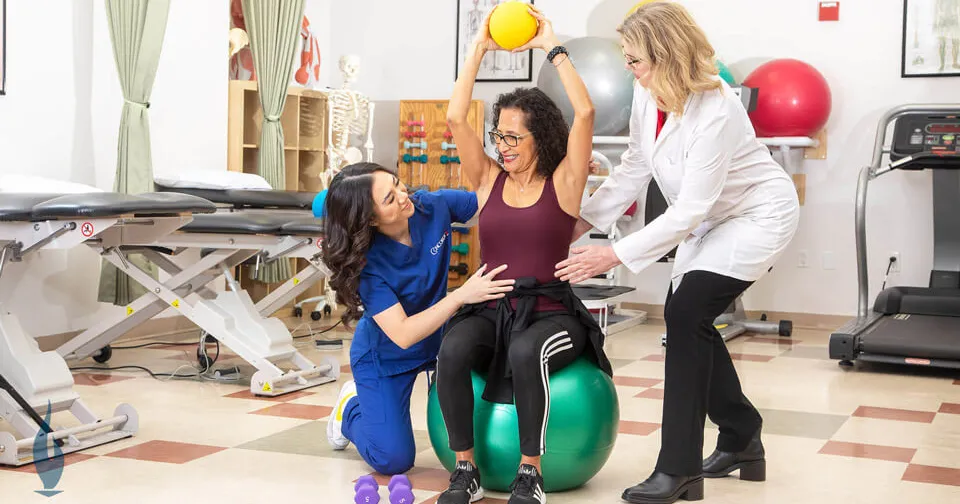
Sudden injuries in sports can occur suddenly and frequently lead to serious issues for players. These traumas can vary from sprains and tears to breaks and head injuries. To assist prevent these traumas, it is crucial to adopt focused preventive strategies. These strategies focus on education, appropriate preparation, gear use, and overall well-being maintenance. By tackling these important areas, athletes can significantly reduce their chances of experiencing acute injuries while engaging in their favorite sports.
One successful method to reducing the risk of traumas is through instruction. Players, trainers, and parents should be educated about the typical types of injuries associated with specific sports. Comprehending the dynamics of these injuries allows everyone to recognize the signs and signals early. Educational workshops or seminars can help teach players about correct techniques and the significance of warming up before games or practices. This knowledge empowers athletes to take responsibility for their well-being and motivates them to communicate any concerns about possible traumas.
Another important preventive strategy is proper training. Athletes should participate in a comprehensive conditioning program that focuses on developing strength, flexibility, and endurance. Strength conditioning assists build the muscles that support joints, reducing the likelihood of injuries. Flexibility routines, such as stretching, can improve the scope of motion and reduce the chance of muscle tears. Additionally, athletes should integrate sport-specific drills that simulate game situations, which can help them become more acquainted with the actions involved in their selected sport. Trainers play a vital role in developing and executing these conditioning programs to ensure they are secure and efficient.
The use of suitable equipment is also vital in reducing acute injuries in athletics. Athletes should always wear the appropriate equipment for their particular sport, including helmets, pads, and suitable footwear. For instance, gridiron players need helmets to shield against head traumas, while soccer players require shin guards to shield their legs from collision. It is essential that gear is fitted properly and is cared for regularly to guarantee it provides the intended safeguarding. Coaches and parents should motivate athletes to take the time to choose and wear the appropriate gear to minimize their chances of trauma.
In addition awareness, preparation, and equipment, upholding overall health is crucial for injury avoidance. Players should emphasize adequate nutrition, hydration, and rest to keep their bodies in top shape. A balanced diet rich in vitamins and minerals helps facilitate muscle recovery and overall physical performance. Maintaining hydrated is also important, as dehydration can result to exhaustion and increase the likelihood of injuries. Lastly, achieving enough sleep is vital for recovery and upholding focus during practices and games. By promoting good health habits, players can enhance their effectiveness and lower their chances of experiencing acute injuries.
In conclusion, reducing the risk of acute traumas in sports requires a multifaceted approach that includes education, proper training, appropriate equipment, and overall health maintenance. By focusing on these specific protective strategies, players can more effectively safeguard themselves from this the risks of injuries. Trainers, guardians, and athletes all have vital roles to fulfill in creating a secure athletics environment. By cooperating together and prioritizing safety, the enjoyment of athletics can persist without the disruption of serious traumas.